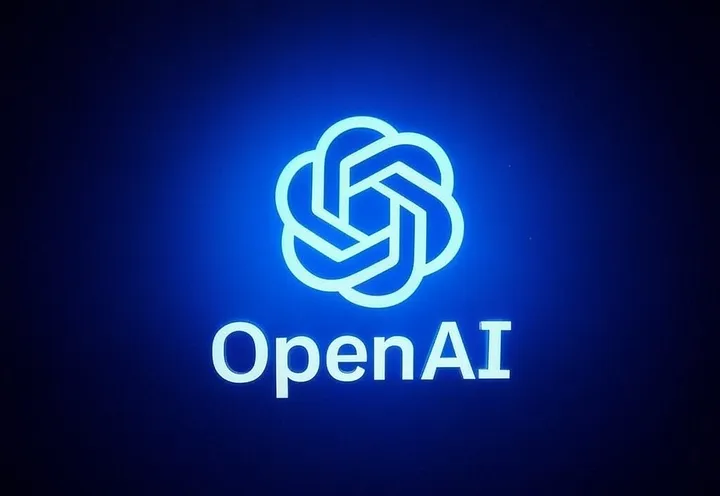Introduction to the o3-mini Reasoning Model
The o3-mini reasoning model is a lightweight AI model optimized for reasoning tasks such as logical inference, multi-step problem-solving, and decision-making. Despite its compact size, it achieves remarkable accuracy, making it ideal for real-time applications.
Key Features of the o3-mini Reasoning Model
-Compact Architecture: Optimized for low-latency inference on edge devices.
-Multi-Step Reasoning: Performs complex logical operations with minimal input.
-Efficient Fine-Tuning: Easily customizable for specific industry use cases.
-Scalable Integration: Seamlessly deployable with popular frameworks like Azure Machine Learning and Kubernetes.
Technical Insights: Architecture and Training
The o3-mini model is built on a transformer-based architecture, incorporating optimized attention mechanisms to handle reasoning tasks efficiently. The model was trained on diverse datasets containing logical puzzles, math problems, and natural language reasoning tasks. It utilizes knowledge distillation from larger models, preserving accuracy while reducing model size.
Applications of the o3-mini Reasoning Model
The model's versatility makes it applicable across industries:
-Customer Support: Powering intelligent chatbots capable of multi-step problem-solving.
-Finance: Supporting automated financial analysis and decision-making workflows.
-Healthcare: Assisting doctors with diagnostic reasoning and medical data analysis.
-Education: Providing personalized tutoring through logical reasoning assessments.
Advantages for Your AI Projects
-Cost Efficiency: Reduced operational costs with low-resource deployment.
-Faster Inference: Real-time decision-making capabilities with minimal latency.
-Customizability: Adaptable to specific business needs through transfer learning.
-Compatibility: Integrates easily with Azure OpenAI Service and other cloud platforms.
Case Study: Optimizing Supply Chain Operations
A logistics company implemented the o3-mini model to enhance their supply chain efficiency. The model provided real-time route optimization based on traffic patterns and delivery priorities, resulting in a 20% reduction in delivery times and a 15% decrease in fuel costs.
Future Potential and Industry Trends
-Hybrid Models: Combining reasoning capabilities with generative AI for complex workflows.
-AI Agents: Powering autonomous systems capable of real-time decision-making.
-Edge AI Expansion: Deploying compact models for real-time applications in IoT devices.
-Responsible AI Practices: Ensuring fairness, transparency, and compliance in reasoning models.
Conclusion
The o3-mini reasoning model represents a significant leap in efficient AI capabilities, balancing performance with resource efficiency. Its adaptability, speed, and cost-effectiveness make it an excellent choice for businesses seeking to enhance their AI applications. Leveraging this model within platforms like Azure OpenAI can accelerate innovation and unlock new opportunities for your AI projects.

